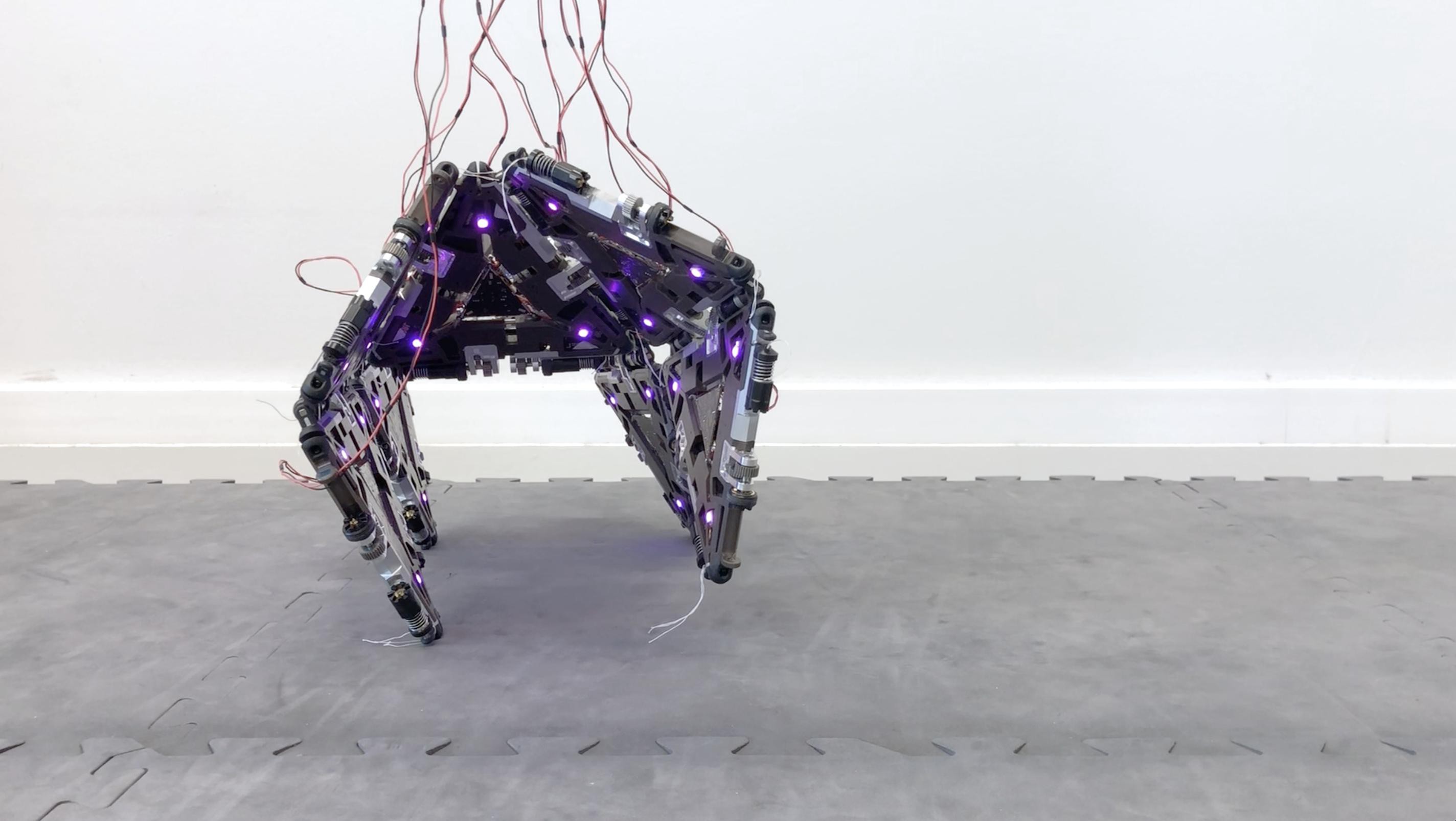人類最早在什麼時候用火?這個問題非常難以回答。經過很久很久以後,火燒的痕跡不見得還會留下,分辨天然起火或人為生火也不容易。2022 年發表的兩篇論文採用不同分析辦法,判斷約 80 萬年前的以色列人已知用火。

🔥沒有痕跡,也能得知曾經炙熱
常理想來,物品被火燒過的痕跡應該很明顯。但是考古學、古人類學研究的對象距今幾千年起跳,甚至超過一百萬年,那麼久以前的火燒如今還能被分辨嗎?最近問世的兩項研究,順利突破此一難題。
一項研究採用的方法是「拉曼光譜」(Raman spectroscopy)。最最最基礎的原理是,材料被火高溫加熱過後,內部分子層級的排列會發生改變,即使外觀完全沒有變化,也有機會透過拉曼光譜分辨。
拉曼光譜考察的材料來自以色列的 Evron 採石場遺址,這兒出土一批石器與動物骨頭,估計年代為距今 80 到 100 萬年前。光看外觀,毫無被火燒過的跡象,但是分析後得知,有些燧石製作的石器曾經被加熱到超過 400 度,遺址中其他石頭卻沒有。動物骨頭方面,有一件象牙被加熱過。
遺址內沒有或有被火燒過的樣本,顏色、大小、形狀都沒有任何差異。按照以前的分析方法,我們會誤以為該群古早人不曾與火打過交道,這兒拉曼光譜的價值顯而易見。

這篇論文的作者認為,以色列距今 80 到 100 萬年前的古早人已經懂得用火,他們有能力控制火源,長期小規模燃燒。更重要的是,這項研究證實,即使遺址乍看缺乏用火的痕跡,也可能只是舊的分析辦法看不出來,實際上用火未必那麼罕見。
🔥已知用火,不過做什麼用?
然而,當時的人類真的已經有意識控火,也就是已知用火嗎?光看這項研究的證據,其實有些疑慮。用火有目的,遺址環境是開放的空地,生火可能有煮食、取暖、威嚇掠食者等意圖,最容易判斷的應該是煮食。
被人類放在火上燒的動物性食物,骨頭應該也被加熱過,可是這項研究分析的動物骨頭卻只有一件象牙被火燒過,而象牙並非食物。除非是被加熱的動物骨頭沒有保留至今,否則實在難以想像,已知用火的古人類不會順便烹飪。
也許有讀者好奇,石頭不能吃,石器為什麼會被火燒呢?火是能改變物質狀態的能量,數萬年前的人類,有一種用火加熱修飾石器的技術;但是這種製作石器的手法相當先進,超過 80 萬年的古早人應該還沒這麼機智。更有可能是用過丟掉的石器(和象牙),在火堆旁順便被燒到,而非有意為之。
光是 Evron 採石場遺址的紀錄,天然起火也有機會產生一樣的結果。那個年代的古早人真的已知用火嗎?所幸幾個月後發表的另一篇論文打消我的疑慮,因為這項研究找到煮食的證據!

🔥水深火熱的鯉魚
另一篇論文的分析方法是「X光繞射」(X-ray powder diffraction,簡稱 XRD),一如拉曼光譜,它能探索加熱過後物體內部的晶格變化,估計曾經升溫到幾度。
考察材料來自以色列的 Gesher Benot Ya’aqov(簡稱 GBY)遺址,這兒古時候是 Hula 湖的湖畔,有不少古代生態的記錄,出土阿舍利石器等人造物,也證實古人類曾在此生活。
GBY 遺址距今 78 萬年的地層中,出土許多魚的骨頭,超過 4.3 萬件,約有 4 萬件可以歸類,大部分屬於鯉科(carp,學名 Cyprinidae)、塘虱(catfish,學名 Clariidae)、慈鯛科(Tilapiini,學名 Cichlidae),都是淡水魚。
死魚骨頭不見得是人為造成,也可能是自然死亡沉積所致。另一處 Kinneret 古湖遺址也出土很多魚骨,兩處的化石組成卻截然不同。Kinneret 超過 99% 是魚骨,GBY 遺址則有超過 95% 是咽頭齒(pharyngeal teeth)。
GBY 遺址出土的魚類遺骸,不只部位和天然遺存不一樣,也大量出現 2 種鯉魚:Luciobarbus longiceps 以及 Carasobarbus canis,都是口味適合人類食用的款式。由此推論,至少一些魚牙化石來自人類吃剩的大餐。
研究者先用現代魚牙測試,紀錄不同溫度燒過後,珐瑯質的晶格改變。接著再分析化石牙齒,對照估計化石當年經歷過多高的溫度。
結果判斷有些魚牙曾經被火燒過,多數未滿 500 度;這差不多就是露天生火的正常溫度,也足以將魚煮熟。由此推論,78 萬年前的以色列人或許已經配備火塘,會捕魚再煮熟來吃。

🔥認識人類用火歷史的新方向
和稍早問世的論文一同考慮,僅管 78 萬年前的火烤魚稍遲一些,卻強烈佐證早於 80 萬年前的以色列人已知用火,因為用火煮魚顯然是有意識的控火行為,假設同一地區更早幾萬年的人群也具備類似技能,十分合理。最早生火煮食的年代,想來不只 78 萬年。
如今智人獨存,過往「人類」則有許多成員,距今 78 到 100 萬年前,已知用火的以色列古早人是什麼人呢?這題缺乏直接證據。可能是直立人,也可能是很初期的海德堡人(或波多人)。直立人起源於 200 萬年前的非洲,後來分佈廣泛又十分多變,海德堡人算是直立人的衍生型號;如果真是直立人已知用火,那麼可謂是機智的直立人。
何時已知用火依然是不容易回答的問題,根據現有資訊,距今 40 萬年前過後用火變得普及,距離遙遠的許多遺址,相對短期內出現用火的紀錄,有學者懷疑涉及文化與知識的傳播。
然而,新研究告訴我們,生火不見得會留下痕跡,也許早於 40 萬年前已有不少地方的人懂得用火,可是缺乏紀錄。還有可能 40 萬年內使用火源的人類,比已知還要更多。不論如何,2022 年發表的兩篇論文,預示了新的探討方向。
延伸閱讀
- 早在 80 萬年前就已知用火?科學家用 AI 找到超古老人類用火證據!
- 短篇 奧杜維峽谷170萬年前有溫泉
- 短篇 南非20萬年前,生火淨化,以灰驅蟲,用草鋪床
- 短篇 南非17萬年前,悶燒「非洲馬鈴薯」小金梅草根莖
- 短篇 良渚文化4300年前,東亞最早焚燒玉器儀式
- 東亞與西方大不同:古代人「已知用陶器」未必是新石器時代的特徵
- 她是考古學的先驅,也是劍橋大學第一位女性教授|桃樂絲.加洛德(上)
參考資料
- Stepka, Z., Azuri, I., Horwitz, L. K., Chazan, M., & Natalio, F. (2022). Hidden signatures of early fire at Evron Quarry (1.0 to 0.8 Mya). Proceedings of the National Academy of Sciences, 119(25), e2123439119.
- Evidence of fire use at ancient campsite in Israel
- Artificial intelligence may have unearthed one of the world’s oldest campfires
- Zohar, I., Alperson-Afil, N., Goren-Inbar, N., Prévost, M., Tütken, T., Sisma-Ventura, G., … & Najorka, J. (2022). Evidence for the cooking of fish 780,000 years ago at Gesher Benot Ya’aqov, Israel. Nature Ecology & Evolution, 1-13.
- Oldest evidence of the controlled use of fire to cook food
- MacDonald, K., Scherjon, F., van Veen, E., Vaesen, K., & Roebroeks, W. (2021). Middle Pleistocene fire use: The first signal of widespread cultural diffusion in human evolution. Proceedings of the National Academy of Sciences, 118(31), e2101108118.
- Widespread cultural diffusion of knowledge started 400 thousand years ago
本文亦刊載於作者部落格《盲眼的尼安德塔石匠》暨其 facebook 同名專頁。













































